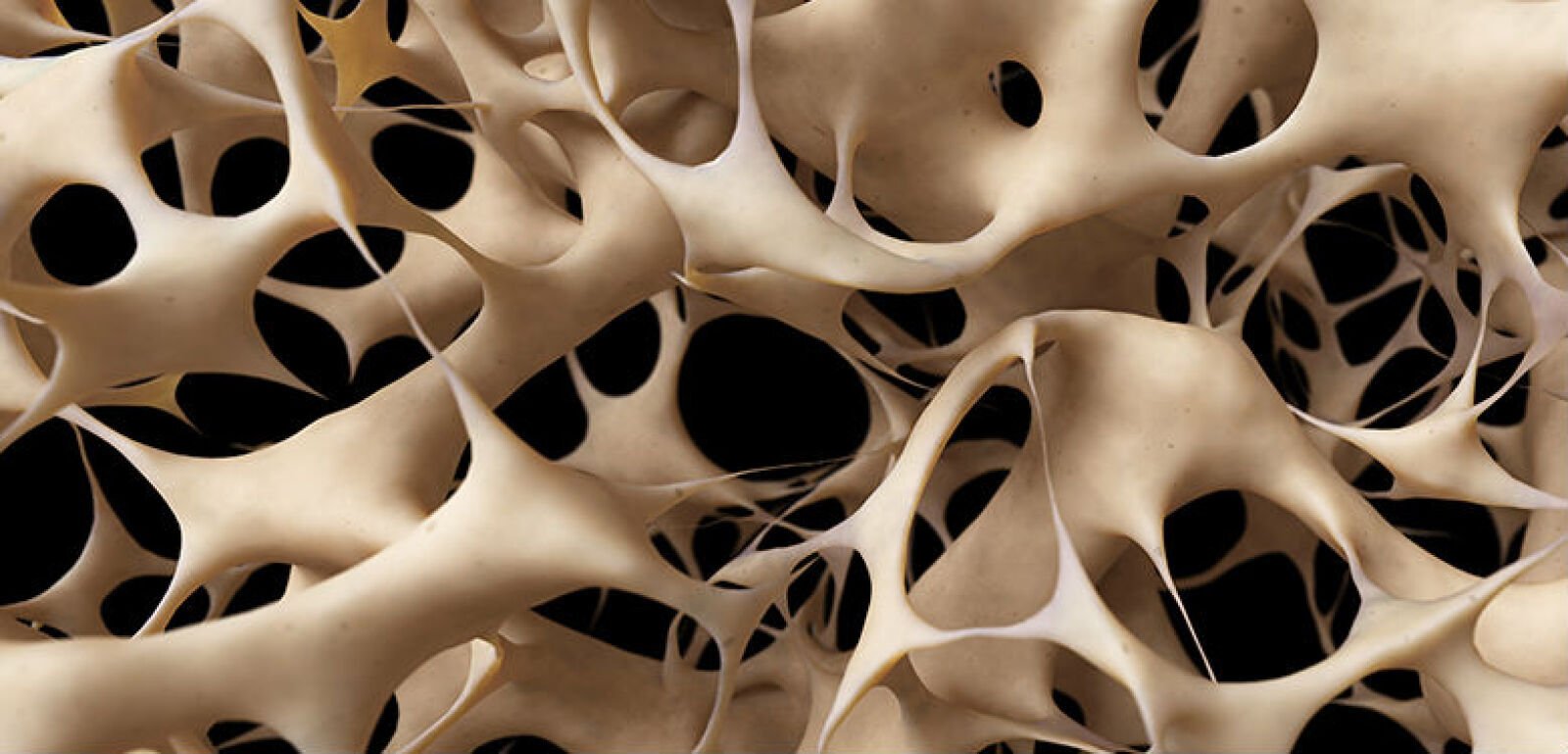
Ousting Osteoporosis and How to Prevent
General Interest
Once upon a time bone density wasn’t an issue – one look at the grandchildren bouncing back up after a fall is evidence enough of this – but 60 years or so later, weakening bone density is a serious concern. Even the most insignificant slip up can have undesirable consequences if osteoporosis is present. This degenerative disease affects bone density, making bones prone to fractures and breaks. Statistics suggest that osteoporosis will affect one in three women and one in four men over 60, with most breaking a hip due to weak bone structure. It’s a terrible statistic, especially considering this disease is considered preventable.
From 30 years of age, calcium along with a range of other minerals is naturally lost from bone structure; a process which increases with age. Our bones are a storehouse of calcium, and every part of our body, from our nerve cells and muscles through to our immune system, requires calcium to survive. If we don't provide enough, or our vital organs start to leach the supply in our bones.
Contrary to popular belief, calcium supplements do not provide an instant cure, because the underlying issue is at cell level, where a sodium/potassium imbalance is upsetting calcium distribution within the body. Furthermore, symptoms of osteoporosis such as muscle cramps, tiredness and easily getting sick, are often not noticed, until the disease is fully blown, because we're designed to keep going until the supply in our bones runs out.
The good news is that steps can be taken to fight the disease and if caught in time with a bone density test, bones can be brought back to full strength. Lifestyle changes can also help prevent osteoporosis. Weight-bearing and resistance training exercise, such as swimming, yoga and weight training help to maintain bone mass. Three hours exercise per week or 30 minutes a day maintains good bone structure and full body workouts with exercises that add stress to bones help to make them stronger.
Adding calcium to your diet in the form of dairy products and green leafy vegetables can assist in reaching the recommended requirement of 1,200mgs of calcium per day. Recent research has also shown that in addition to exercise, vitamin D and calcium, those at risk should also be consuming lycopene, an antioxidant found in tomatoes, watermelon, papaya and red carrots. Smoking should be avoided, as should large amounts of alcohol. However, a glass of beer or wine, every other night, is considered beneficial.
Share this article via:
